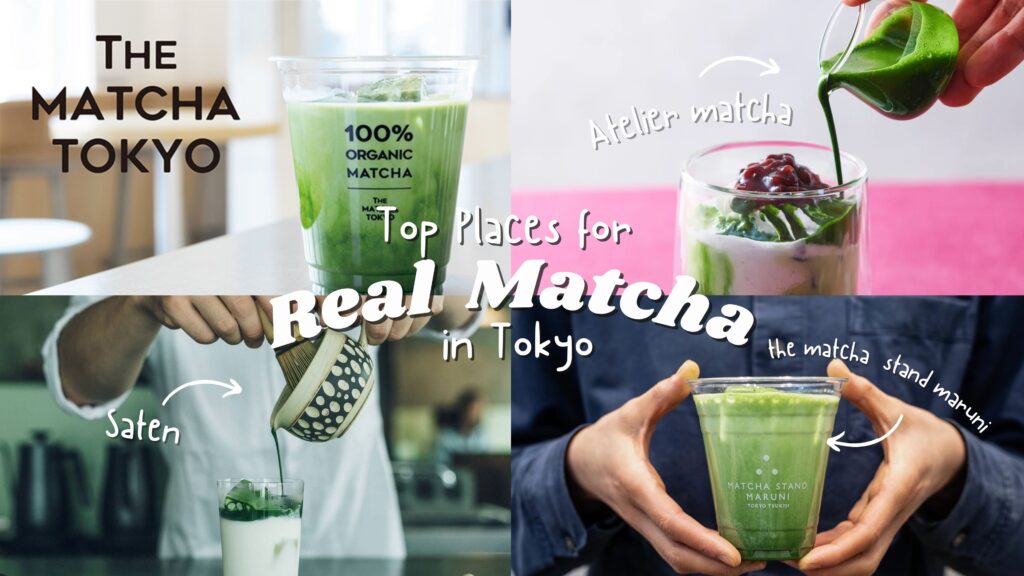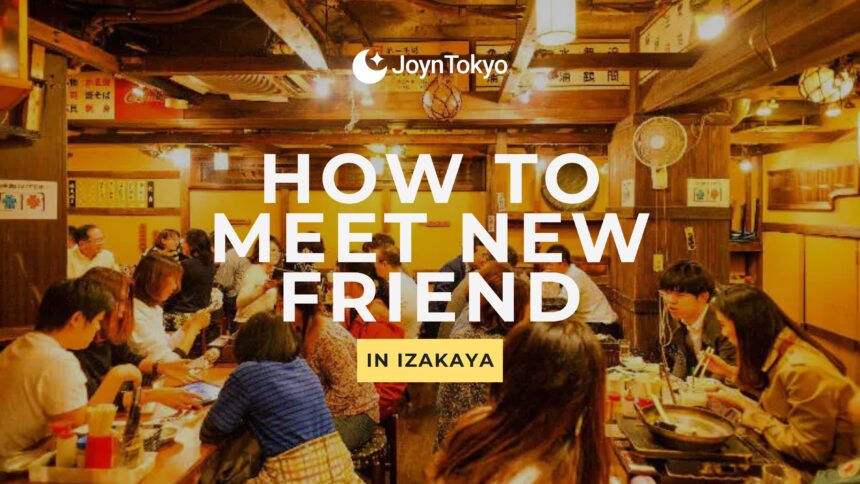You’ve heard it in Hamilton: “there’s nothing like summer in the city.” But there is really nothing like Japan in July. Is it hot? Yes. Is it humid? Yes. But is it worth it? Hell yes. And we can prove it, too. Let’s go through ten things to do in Japan in July, that will make the seventh month feel like Seventh Heaven.
1. Experience Japan’s Best Summer Festivals in July
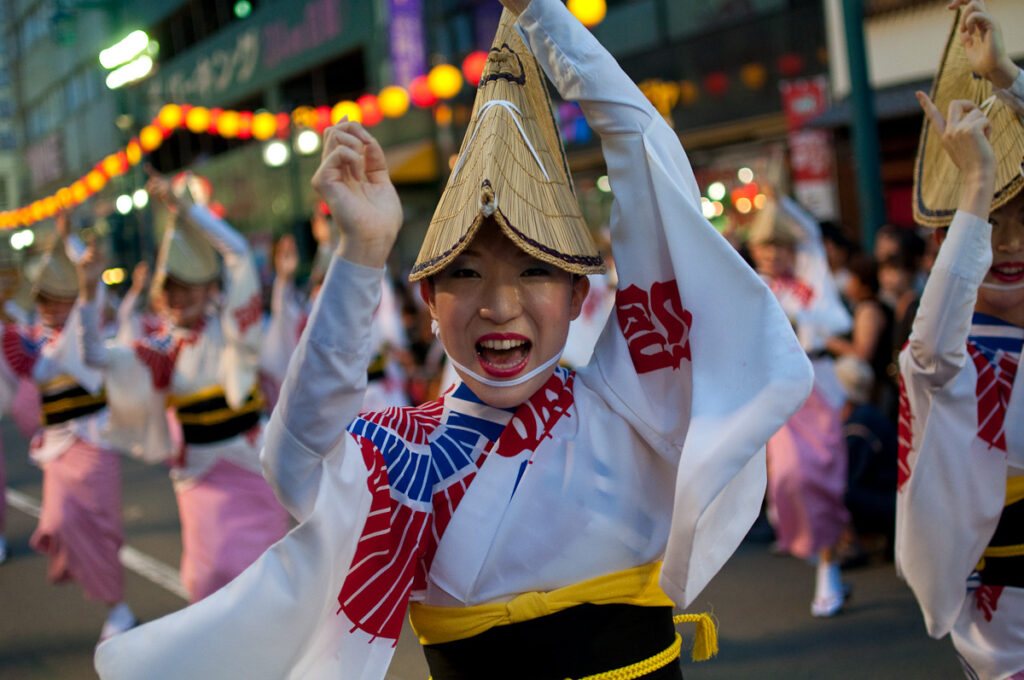
If you feel that Japanese summers were hot, then don’t worry: it didn’t escape the notice of the people of Japan. That is why there are so many festivals in Japan in July.
A Japanese festival is usually held in front of or on the grounds of local shrines, and you’ll see posters advertising the events around your local area. While they can happen at any time of year, and most shrines will have their own personal festivals, July is best known for Tanabata, which you can find more information on below.
It’s a great time to experience dancing, street food, and music. So find your nearest festival, and beat the heat with a party that goes into the night.
2. Celebrate Tanabata: The Star Festival in Early July
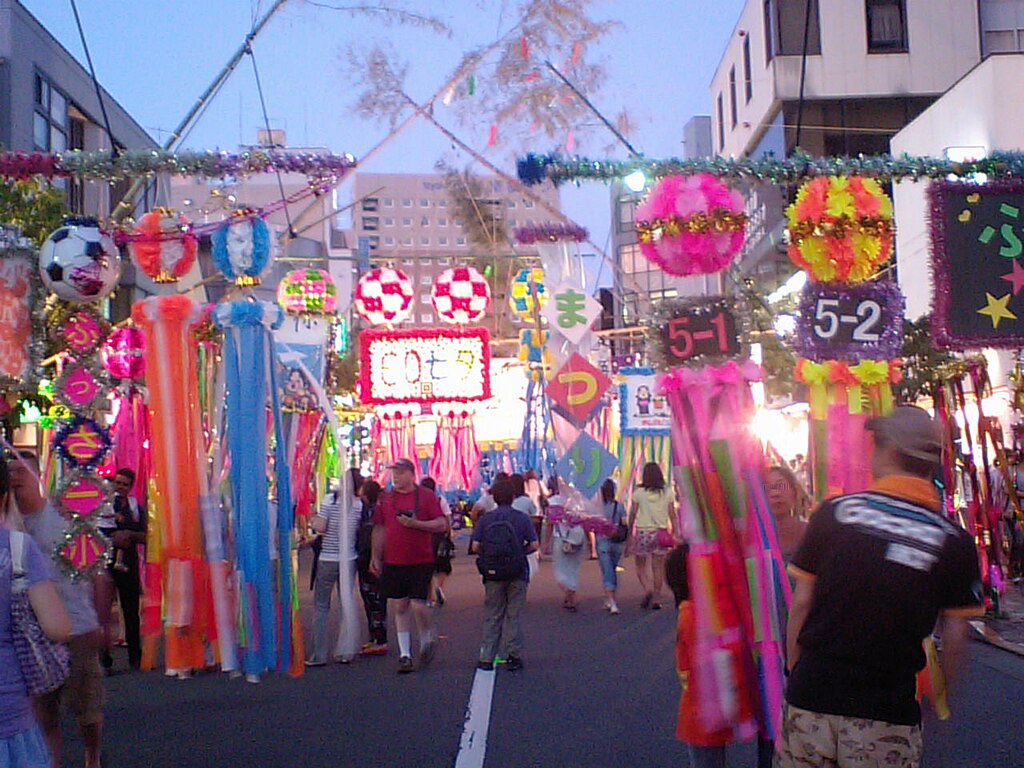
Tanabata may not be a national holiday, but it is one of the best known festivals in all of Japan. It celebrates the love and relationship of the celestial paramours, Orihime and Hikoboshi.
Legend has it that they are separated by the Milky Way, and can only meet once a year, on the seventh day of the seventh month: which is exactly what Tanabata means!
Although July 7 is the “official” date, don’t worry if you miss it: in the Gregorian calendar, it takes place roughly a month later, and is considered a part of the Obon festival.
Sendai Tanabata is the most famous, but most towns will be decorated with colorful streamers, and will have a lot of typical festival activities.
3. Discover Seasonal Flower Spots That Peak in July
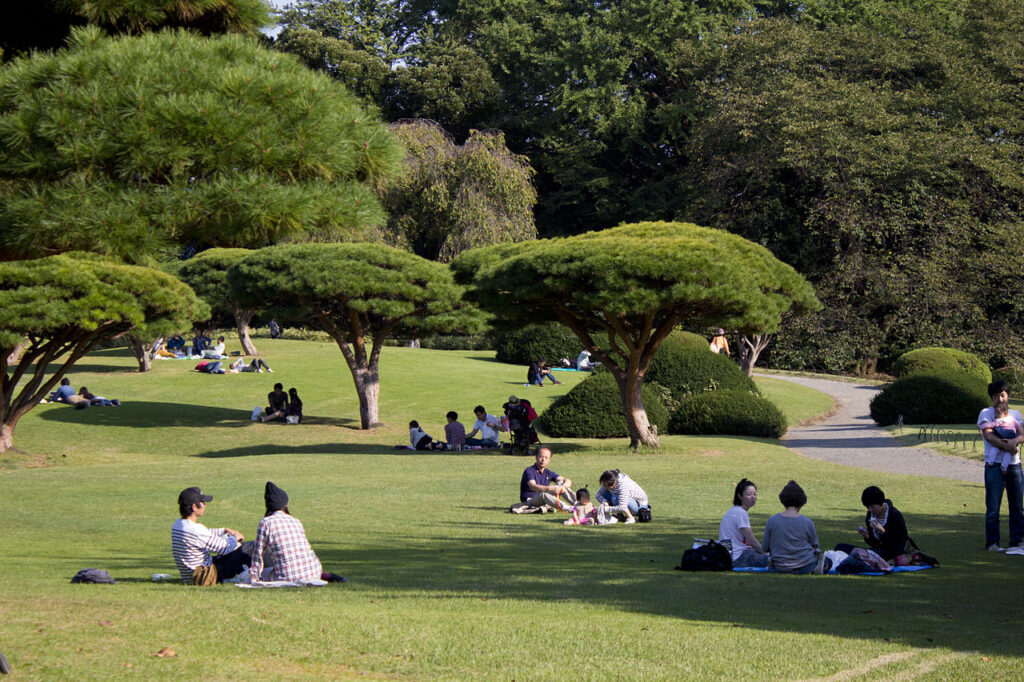
Japan might be best known for the springtime Sakura, a fleeting beauty, but there are plenty of places where flowers that bloom in the summer can be enjoyed. Who says you can only picnic in Spring, after all?
Possibly the best-known park in Tokyo is Shinjuku Gyoen. Hydrangeas, roses and tulips are in bloom, as well as lesser-known flowers, like mountain laurels, Deutzia, and Peruvian lilies.
Outside of Tokyo, Hokkaido’s Furano fields are known for lavender as far as the eye can see, and Ashikaga Flower Park has gorgeous wisterias.
4. Climb Mount Fuji: July Is the Official Opening Season
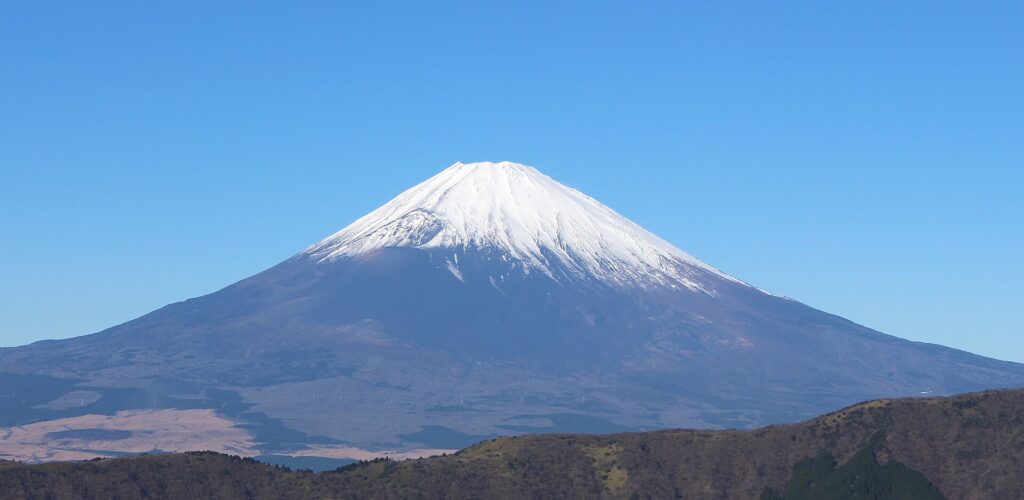
Climbing Mt. Fuji in July is something that many people want to experience. Climbing season begins this month, and is closed again in September, as it is too cold for the rest of the year. Nevertheless, you should be aware that the weather can be changeable, and that you should be prepared for cold temperatures even during this month.
Mt. Fuji is a beautiful symbol of Japan, but its beauty should not mean that you underestimate the climb. It is sometimes recommended to bring a helmet, in the event of volcanic activity. One should also be aware that, although Mt. Fuji isn’t considered too challenging for seasoned mountain climbers, the air can become thin enough to make some people sick.
Don’t let these cautions put you off, though. Climbing Mt. Fuji is a wonderful achievement, and an incredible thing to do.
5. July Firework Shows
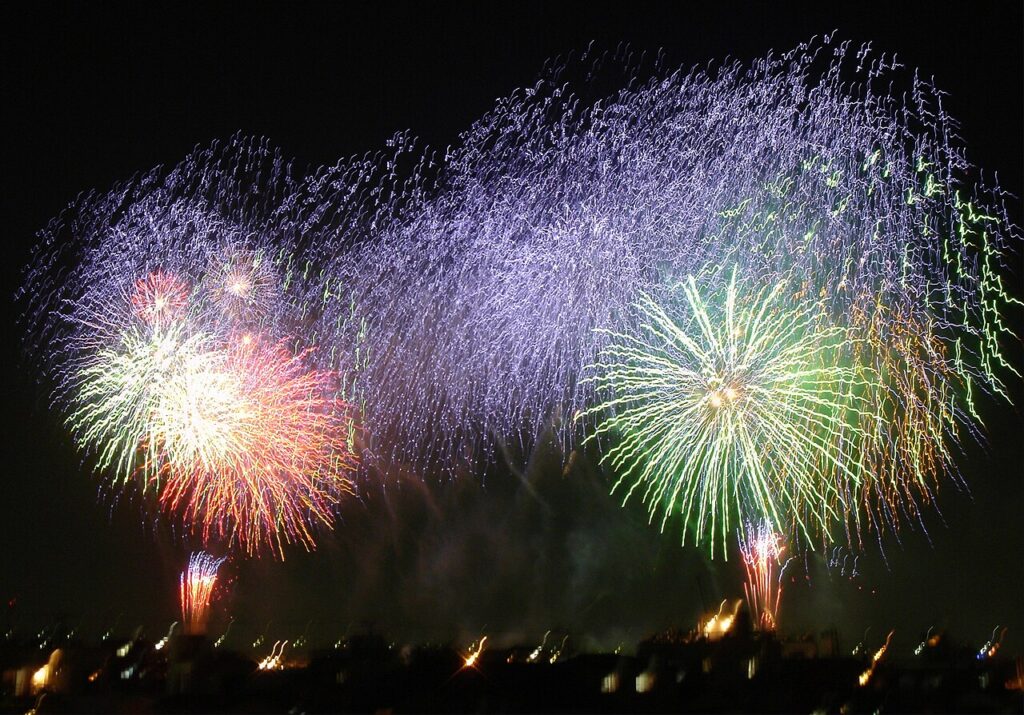
Related to the festivals we’ve mentioned previously, fireworks in Japan are a centuries-long summer tradition, and people will gather to watch the fireworks, known here as hanabi/花火, explode in the sky.
These shows not only take place at festivals proper, but are also held as organized events in and of themselves. As the hot nights draw in, many will don their yukata summer kimono, grab a hand fan, and grab a spot, but competition for the best vantage points can be tough.
Some of the best known fireworks shows in Japan include the Sumida River Fireworks, Osaka Tenjin Fireworks, and the Lake Toyoko Fireworks in Hokkaido. Any of these would be an amazing visit, but no matter you are, you’ll be within short distance of a colorful show.
6. Cool Off with Traditional Japanese Summer Foods
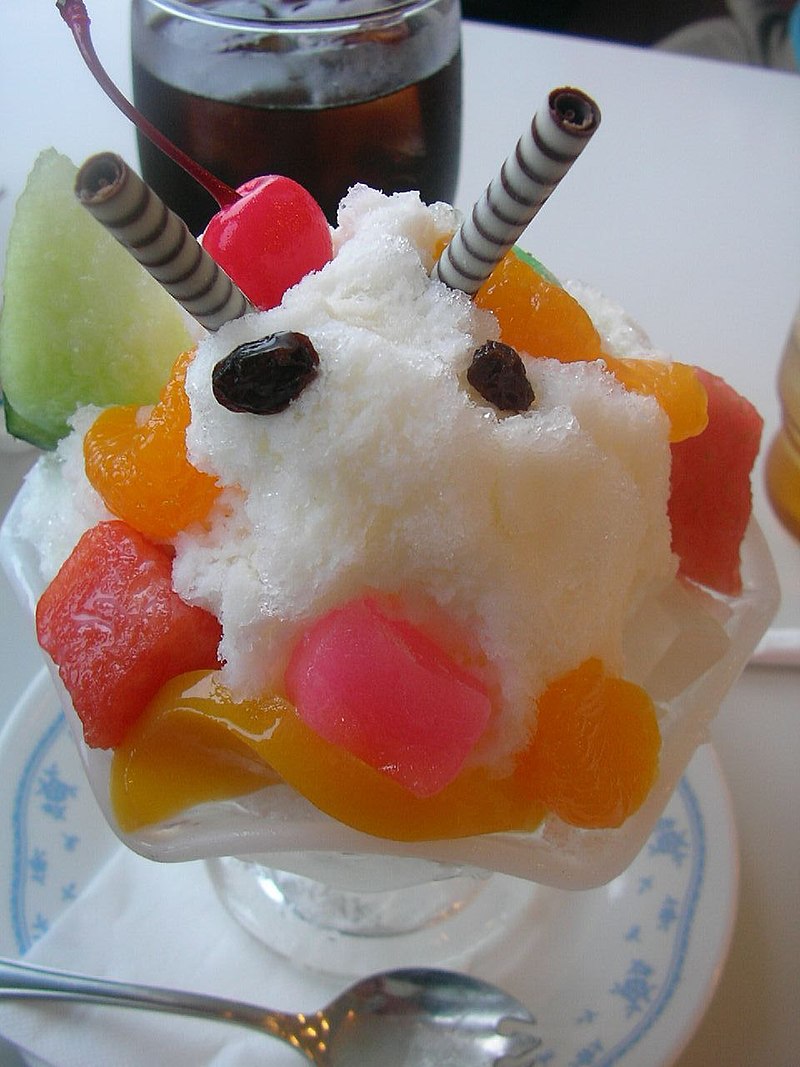
Japanese cuisine is known for being among the most delicious in the world, but even if you’re an aficionado, then there might be some dishes that you’re unfamiliar with, or some beliefs about summer foods.
For example, if you’re craving KFC, you might be surprised to see that it’s signature summer dish in Japan is a Red Hot chicken, with peppers and chicken. In Japan, as in some other countries with hot weather, some believe that if you eat spicy food, it will make you sweat, cooling you down.
But beyond fast food, and aside from the classic chilled dish, sushi (which many Japanese people avoid in summer, as it easily spoils) there is soumen, a very thing noodle, enjoyed in summer as it is typically served chilled with dipping sauce. There are even specialist ways of putting in in your bowl, from a bamboo slide.
Yakitori, or grilled chicken, is often served as a tasty dish in the evening, especially as festival street food. But tasty as it is, it likely won’t cool you down as much as kakigori: shaved ice, with differently flavored syrups squirted over it. This is also a popular treat in Hawaii, which has a significant Japanese diaspora.
7. Visit Japan’s Best Beaches and Island Getaways in July
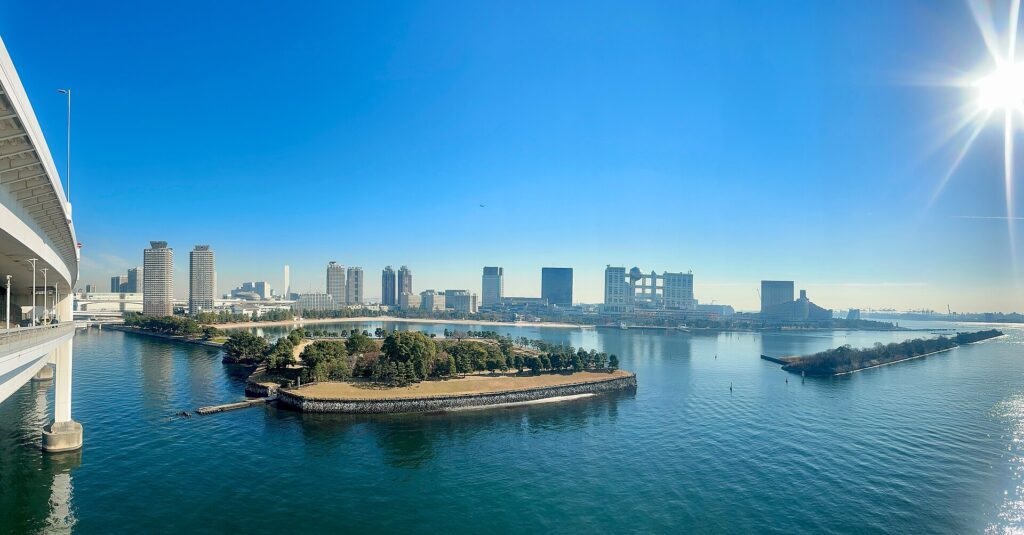
There are a lot of beaches you can visit in July that will help you get a tan, and perhaps even some swimming and exercise… and some watermelon, if you’re lucky!
Japanese beaches, depending on where you go, can either be very similar or very different to beaches abroad. There are some beaches that have free and open swimming, but that generally isn’t the case in Tokyo. Odaiba Beachfront Park forbids swimming, while Kasai Kaihin Park Beach very occasionally permits it, depending on the weather and quality of the water on the day.
But when we look outside of Tokyo, it becomes clear that Okinawa is thought of as the King of Japanese beaches. It is a subtropical island to the far south of Japan: getting there requires a flight or a long — long — ferry ride. Even sub-islands are famous for their beaches, such as Zamami.
But the mainland is no slouch. Even if you live in Tokyo, a short train ride will take you to Enoshima, or Kamakura, each of which have excellent beaches. Further afield, beaches like Zushi, Atami, and Onjuku are very popular among Japanese people.
While you’re at the beach, why not try your hand at suikawari? Bring a wooden sword, buy a watermelon, and blindfold your friends… then spin them and watch as they try to smash it open! Just make sure you put a towel underneath it, to avoid sand!
8. Explore Japan’s Nature Trails and Countryside Retreats
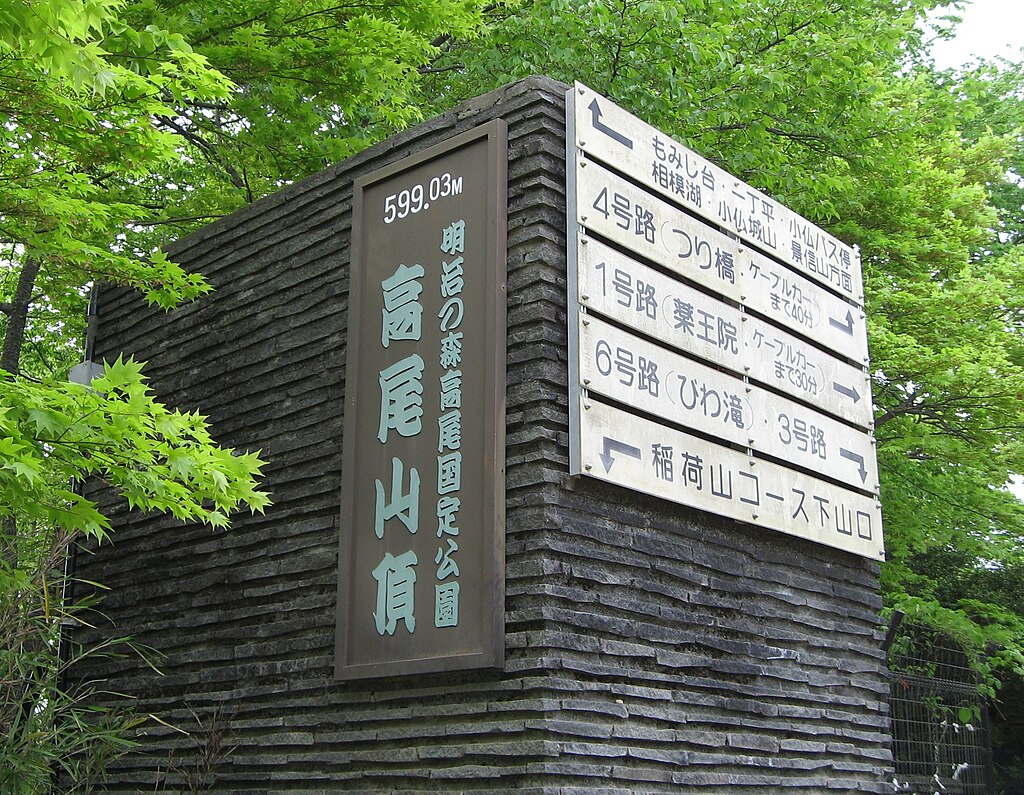
If you liked the idea of hiking Mt. Fuji, but the thought of climbing up all that way makes you a little anxious, there are plenty of different nature trails and countryside retreats for you to put on your walking shoes and get your glutes going.
Even in Tokyo, it takes very little time to head to Mt. Takao, which — if you were intimidated by Mt. Fuji, might sound scary — is a very relaxing walk, and in July, while you should put on your suncream, it’s still enjoyable as heck.
Only a day trip away, Nikko has not only a World Heritage site that is a hiking spot in itself, but also an expansive and quite lovely national park that is just perfect in July.
The Osaka region, meanwhile, has Minoo Park, a valley teeming with trees that can provide shade from the summer sun, as well as being just half an hour away from the center of the city. For Kansai walkers, there’s nowhere better.
9. Tour Japan’s Historic Towns with Fewer Crowds
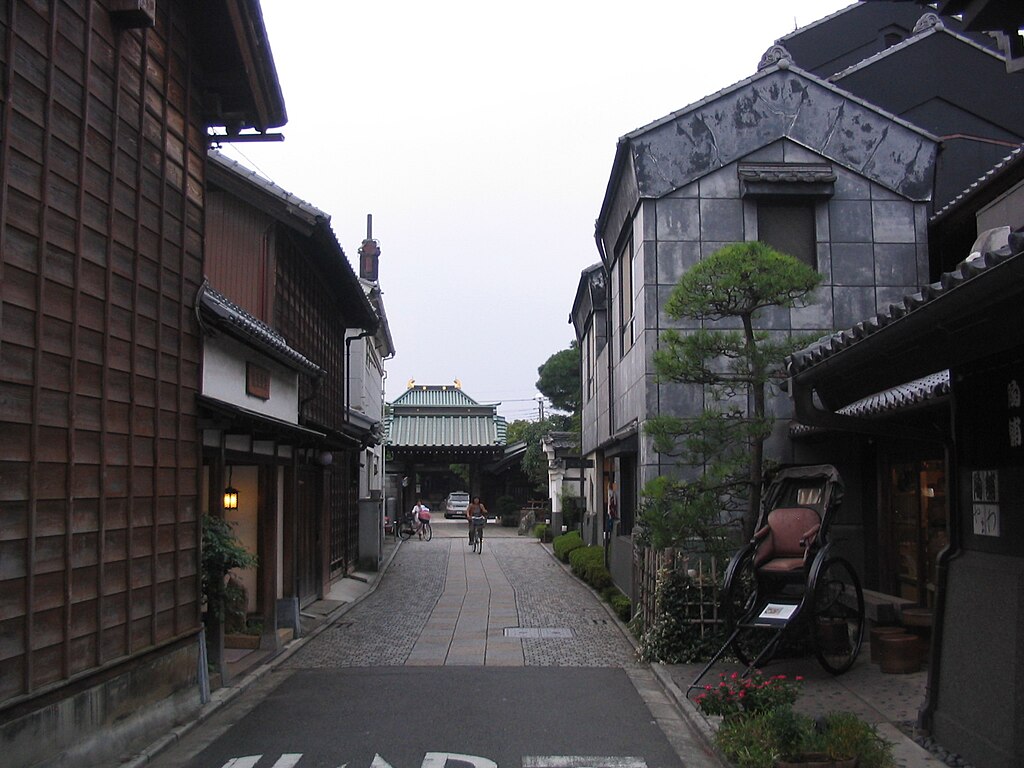
We’ve focused a lot on the bigger areas of Japan so far, but what about smaller places, a little more out of the way? Well, since lots of people are going to be using their summertimes to head to the bright lights of the big city, there are tons of places that are not just smaller (so you’ll get a taste of real Japanese hospitality) but also, less crowded than usual.
One terrific example is Kawagoe. It doesn’t take long to get there from Tokyo, but it has a clock tower from the 1600s, and architecture that dates back hundreds of years. It is also the home to several historic shrines and temples — as well as, interestingly, the most Japanese Starbucks anyone has ever seen.
Or how about Shima Onsen? Based in Gunma, this is a sleepy little town is well known as a historic hot springs resort. Considered by some historians to be among the oldest towns in Japan, the architecture here is nothing short of splendid.
10. Navigate the End of Rainy Season: What to Pack & Expect
The weather in Japan in July is not always great, though. It is at the tail end of the rainy season, which means that, well, sometimes you will be caught in a shower. So what can you do when you’ve got to pop up your umbrella before you can have fun?
Well, this is going to sound quite basic, but: so shopping. Not only is Japan filled with souvenirs that absolutely cannot be found anywhere else, but there are also small little things that might show you the spirit of Japan. The intensely good fish markets, even in your nearest supermarket, or the range of spirits and liquors available.
You can also take part in a number of modern classics on Japanese ways to spend time: karaoke, going to a videogame arcade, or just seeking out a cute cafe. If you have enough advance warning, you could book a tea ceremony, or a class in another traditional Japanese art.
Even in the rain, July in Japan is one of the best places you can be!
Bonus Tips for Traveling Around Japan in July 2025
Some bonus tips for your trip to Japan in July include:
- Buy bug spray. Mosquitos are no joke!
- Make sure to carry a bottle of water with you at all times.
- Seek out special deals for visitors beforehand
Just a couple of things to make your July more joyous!


